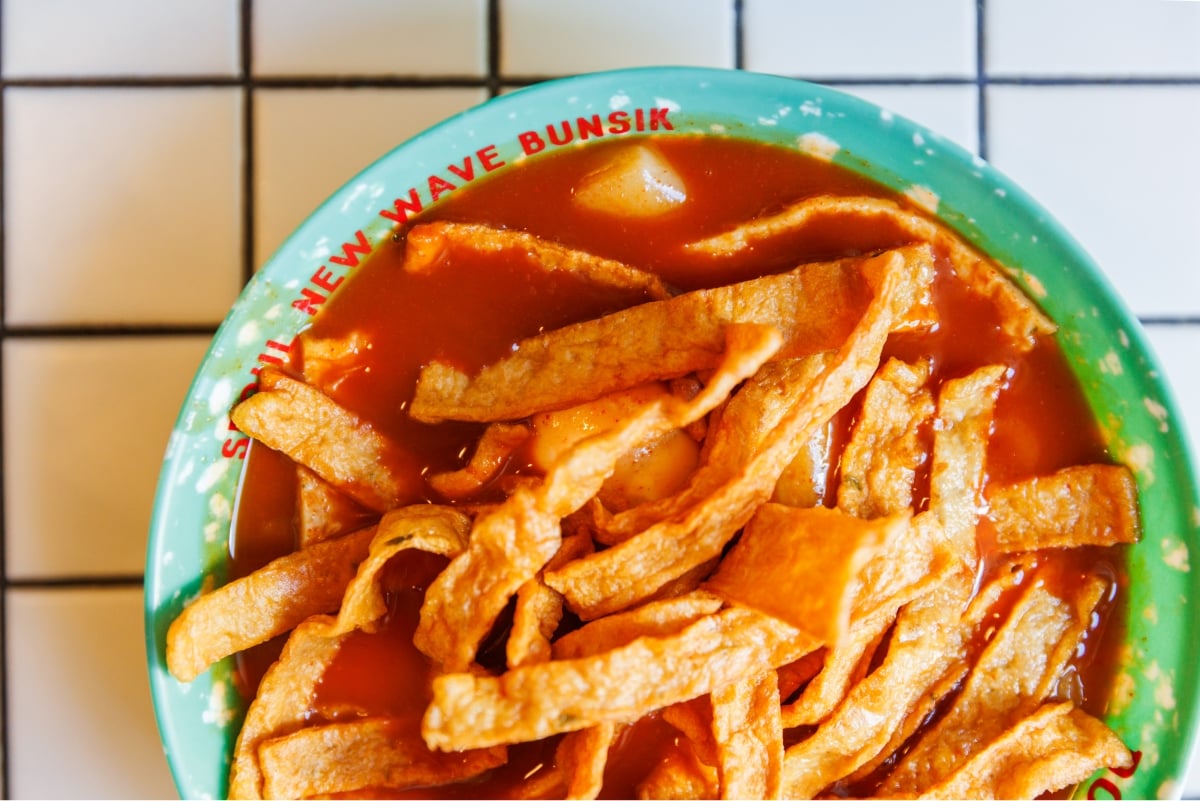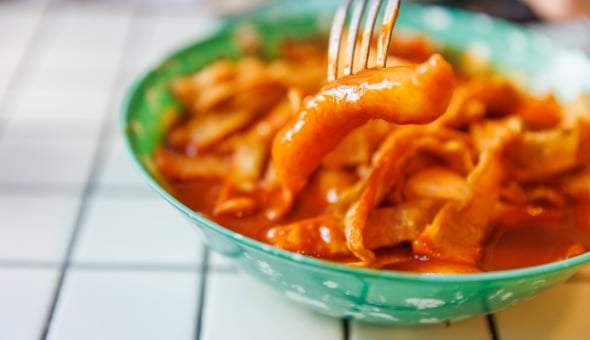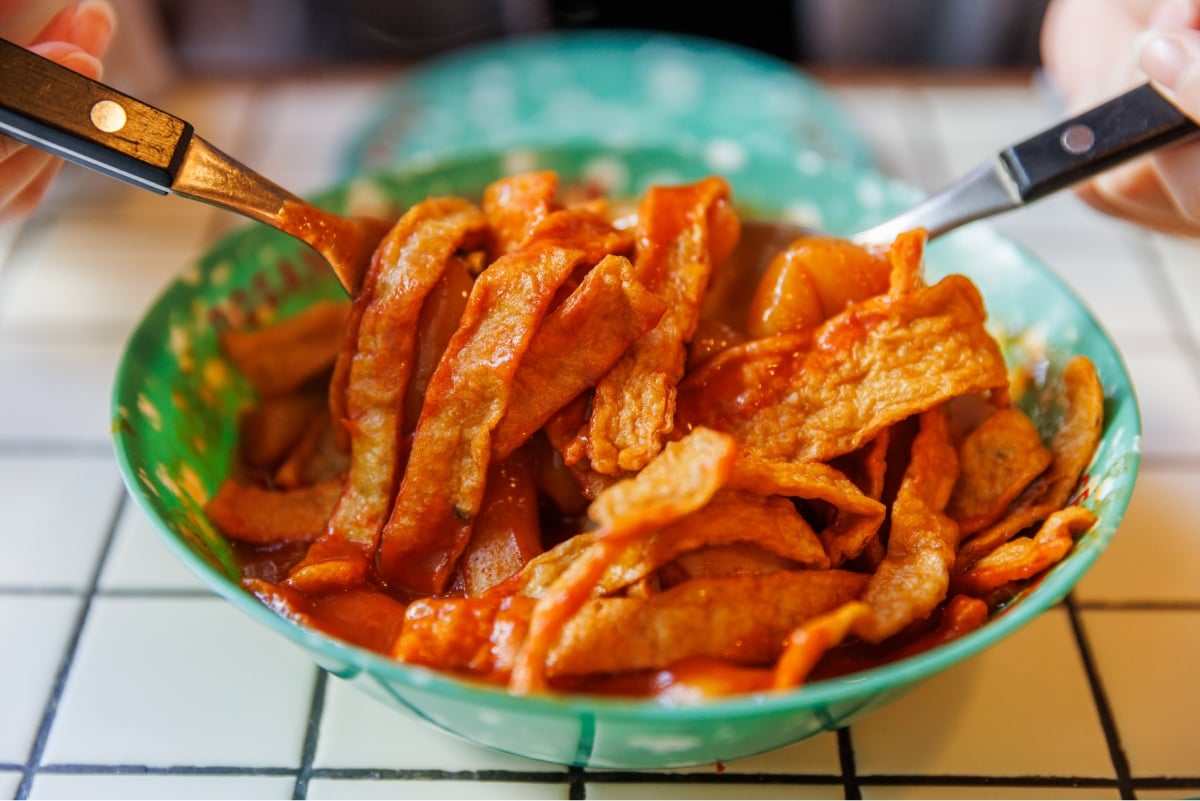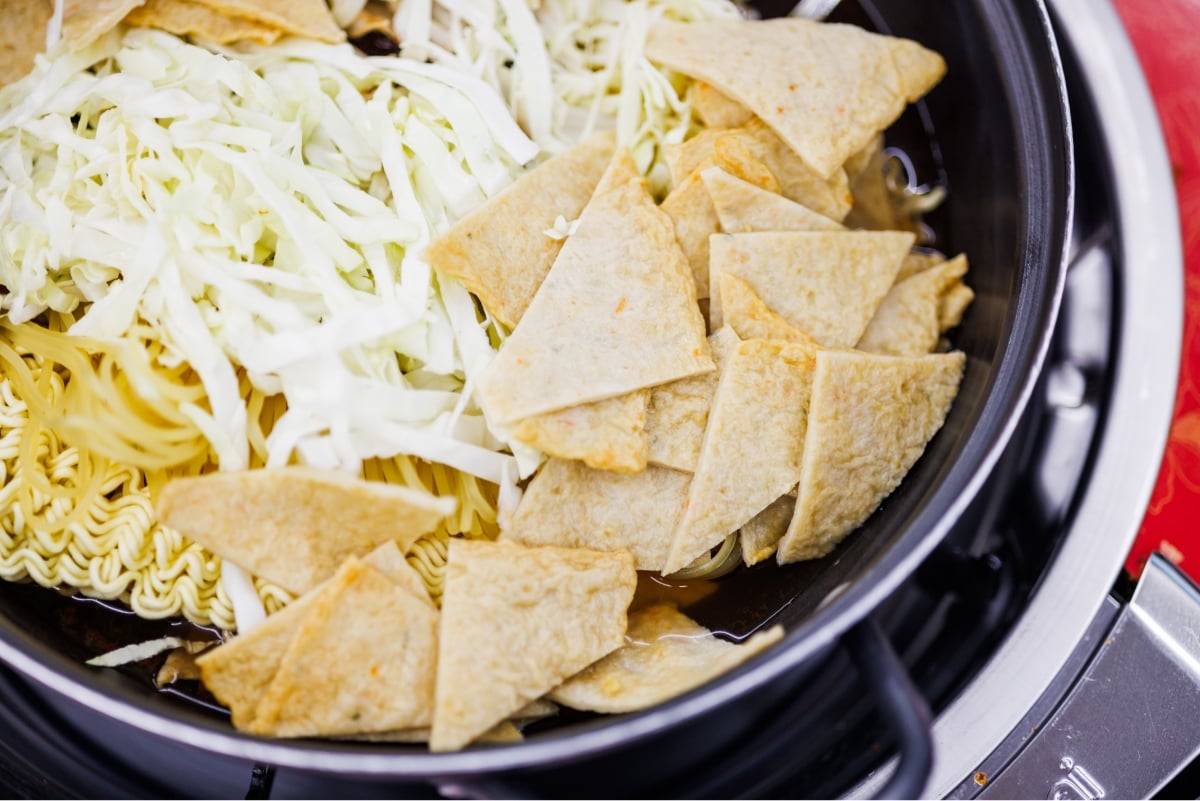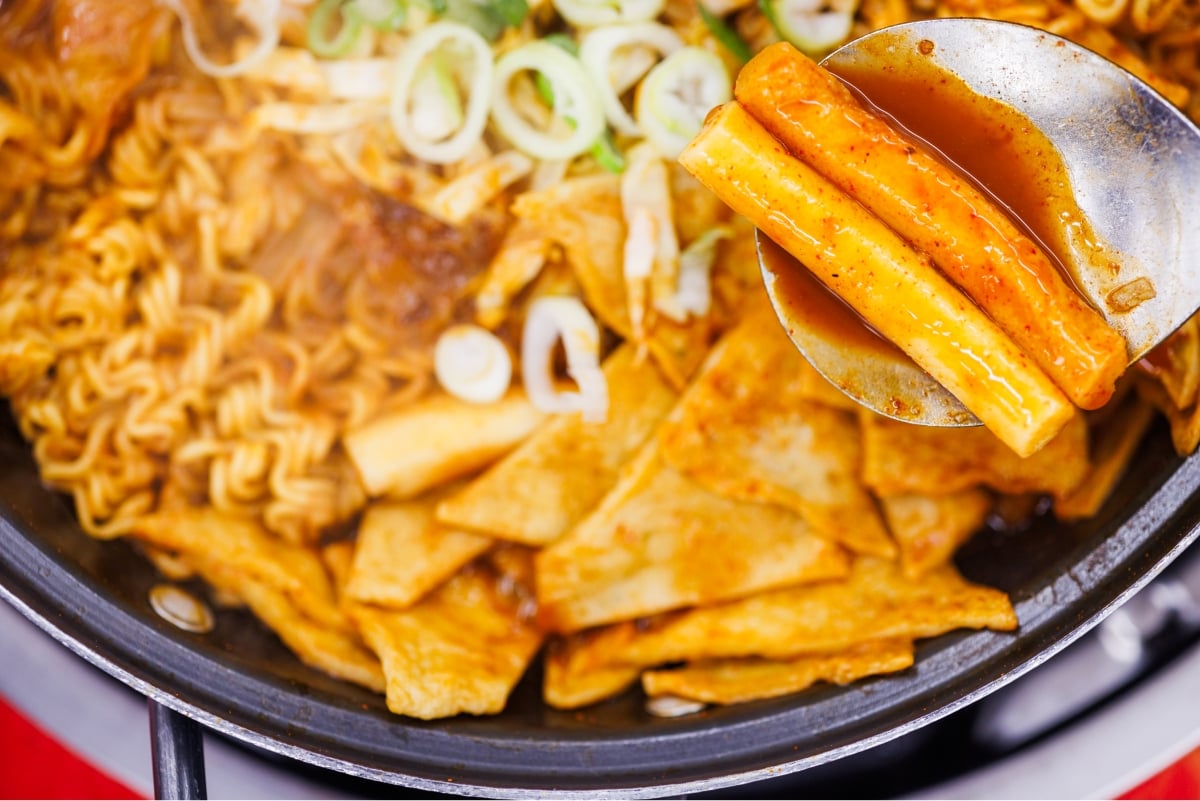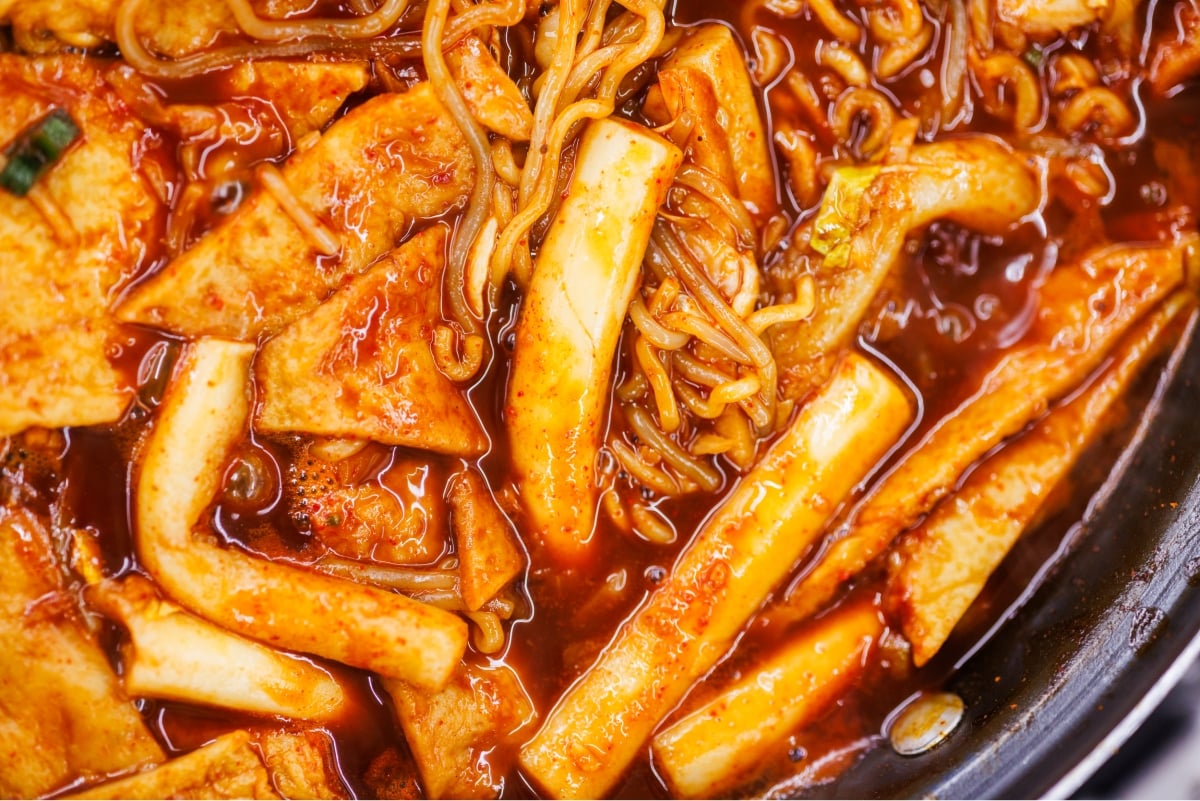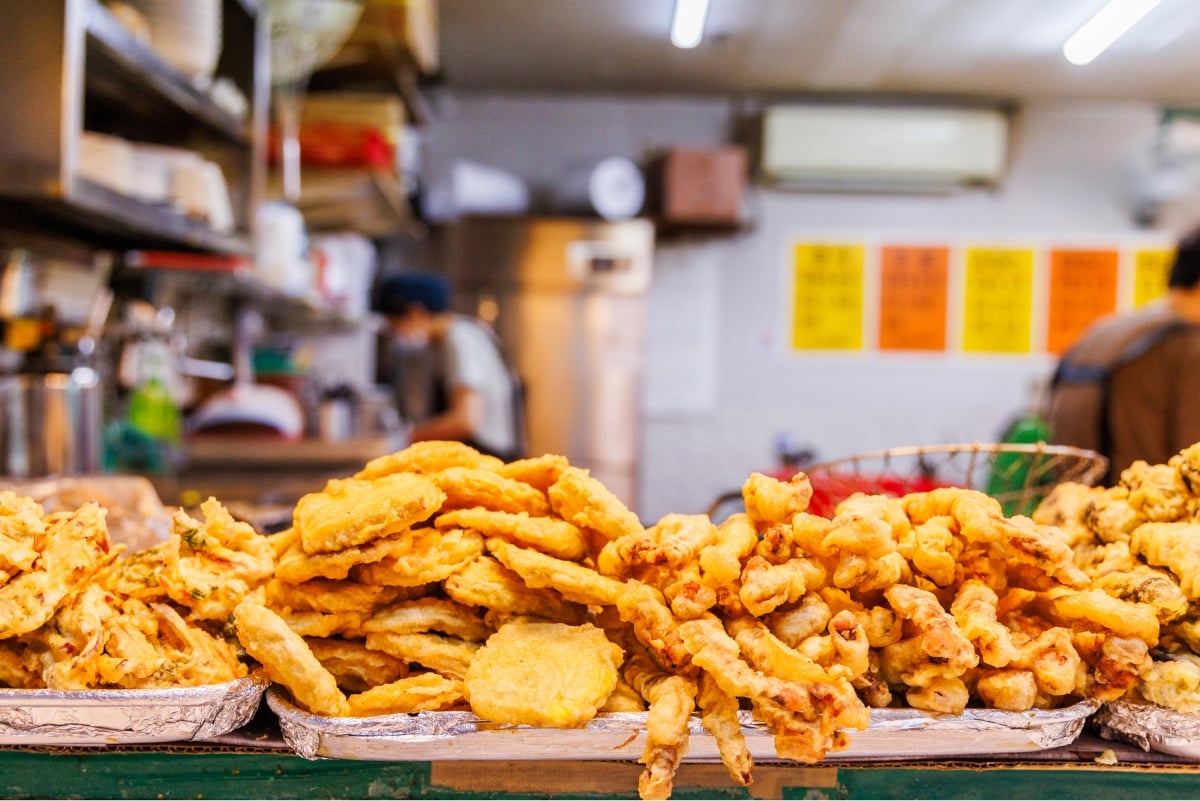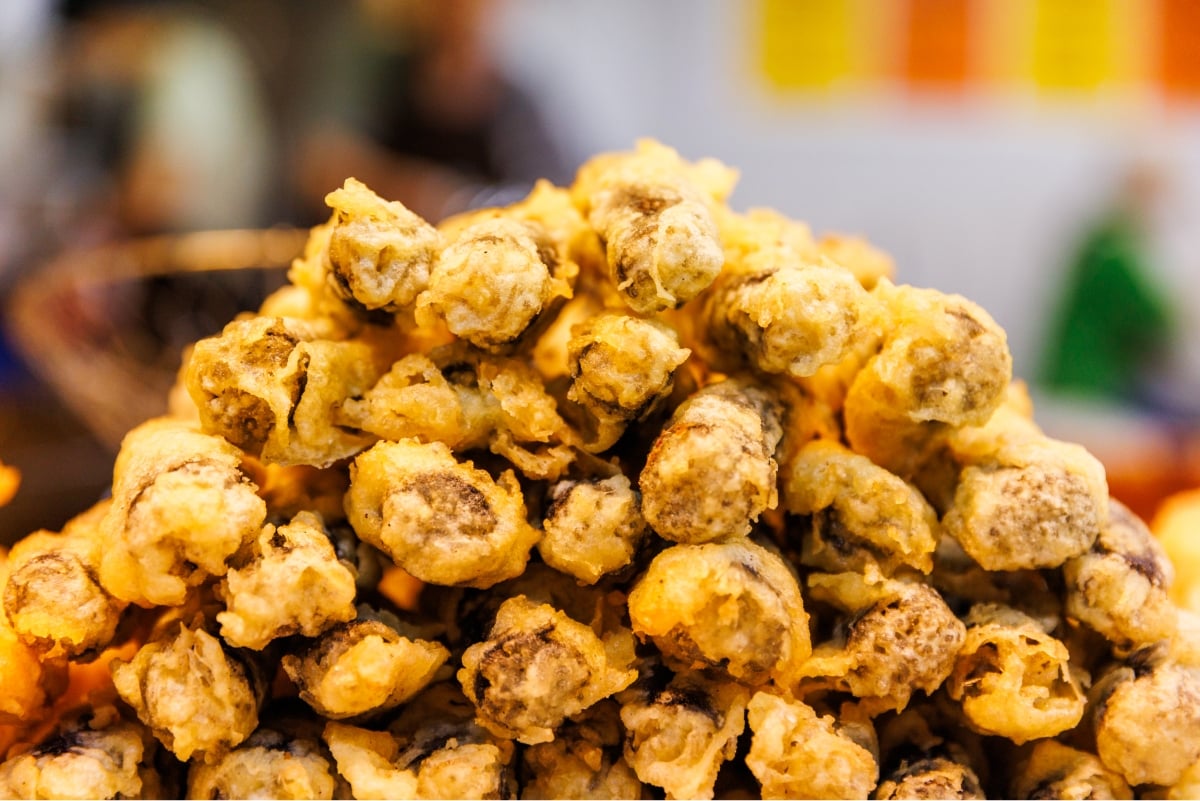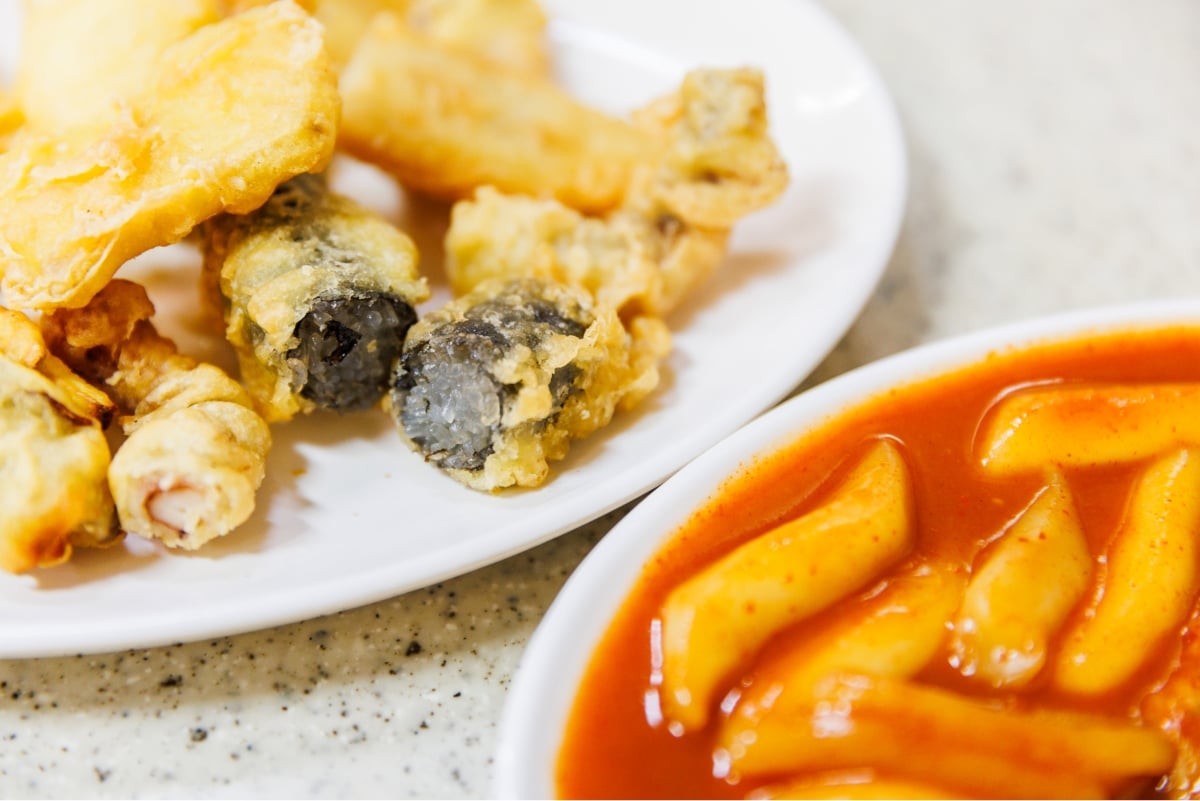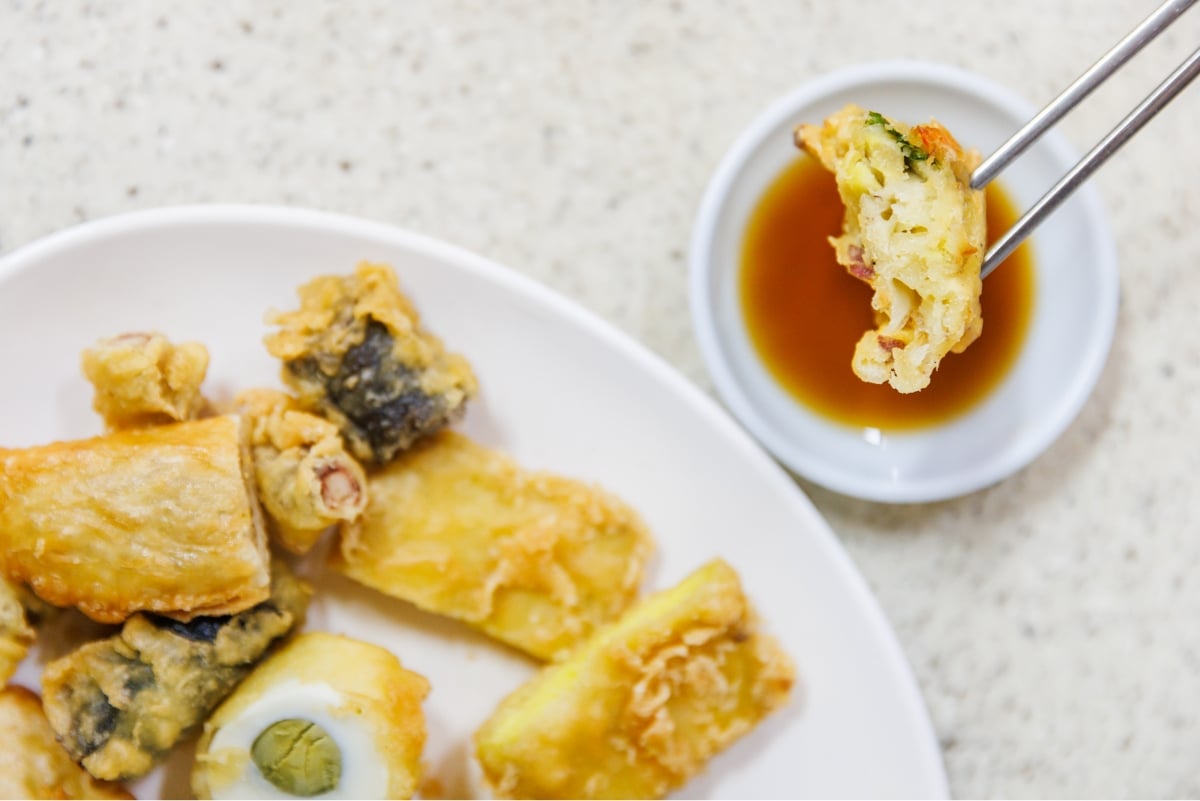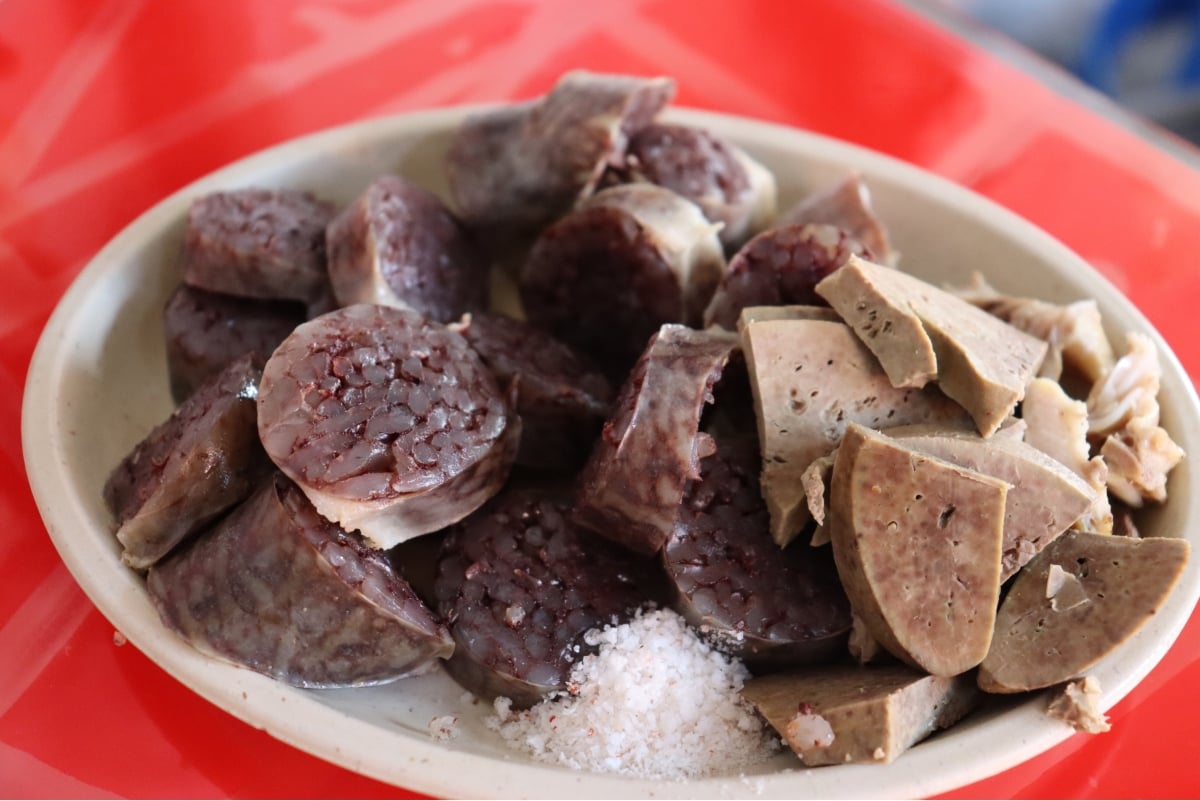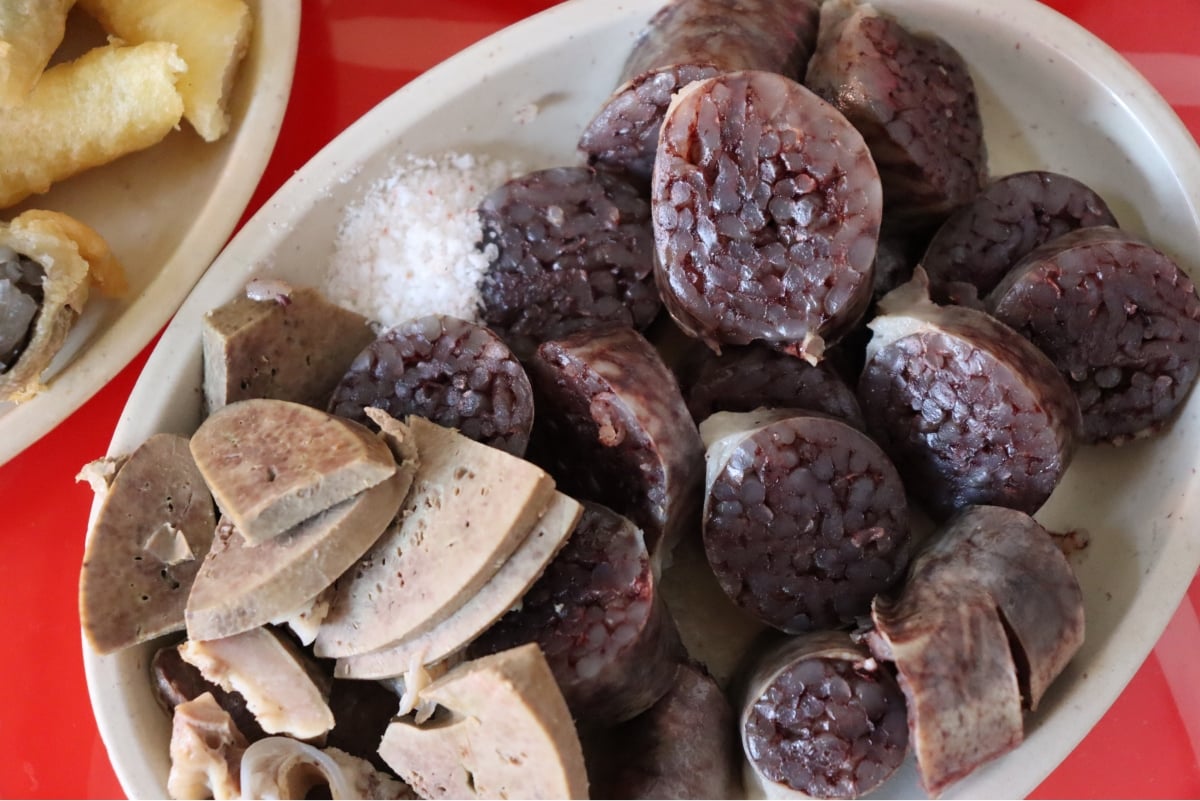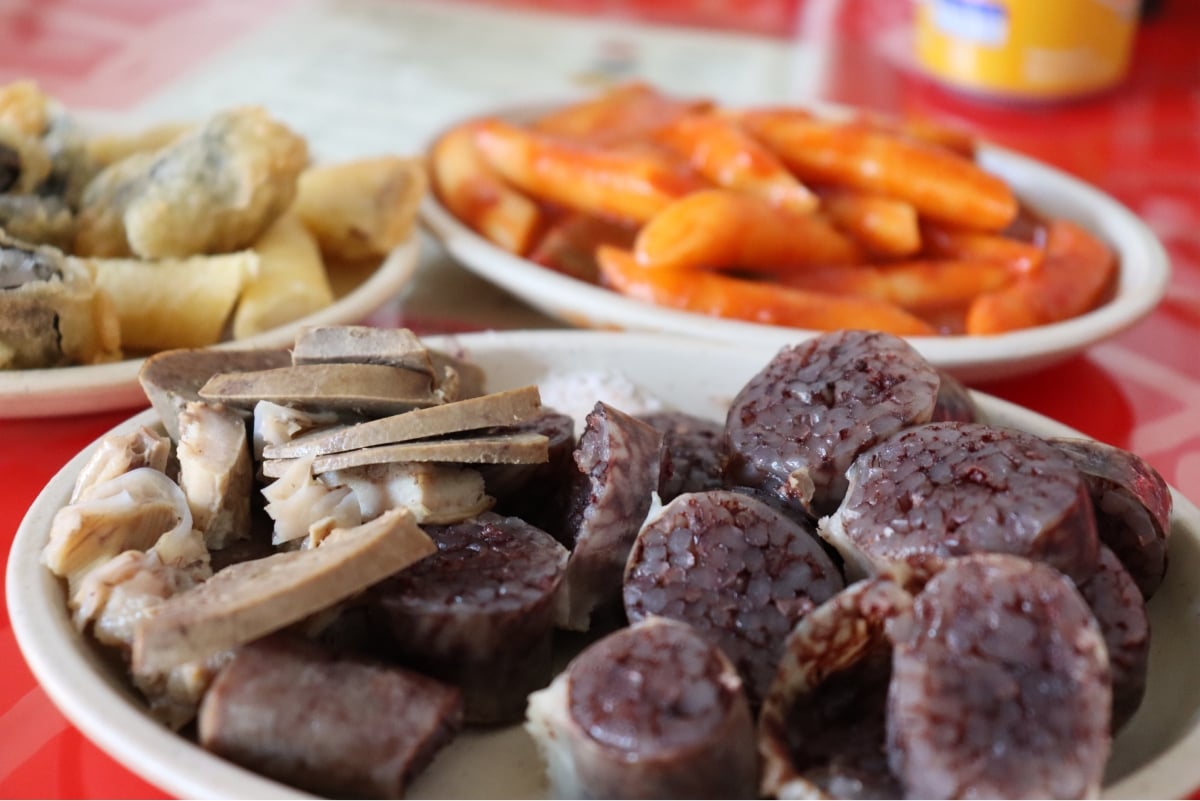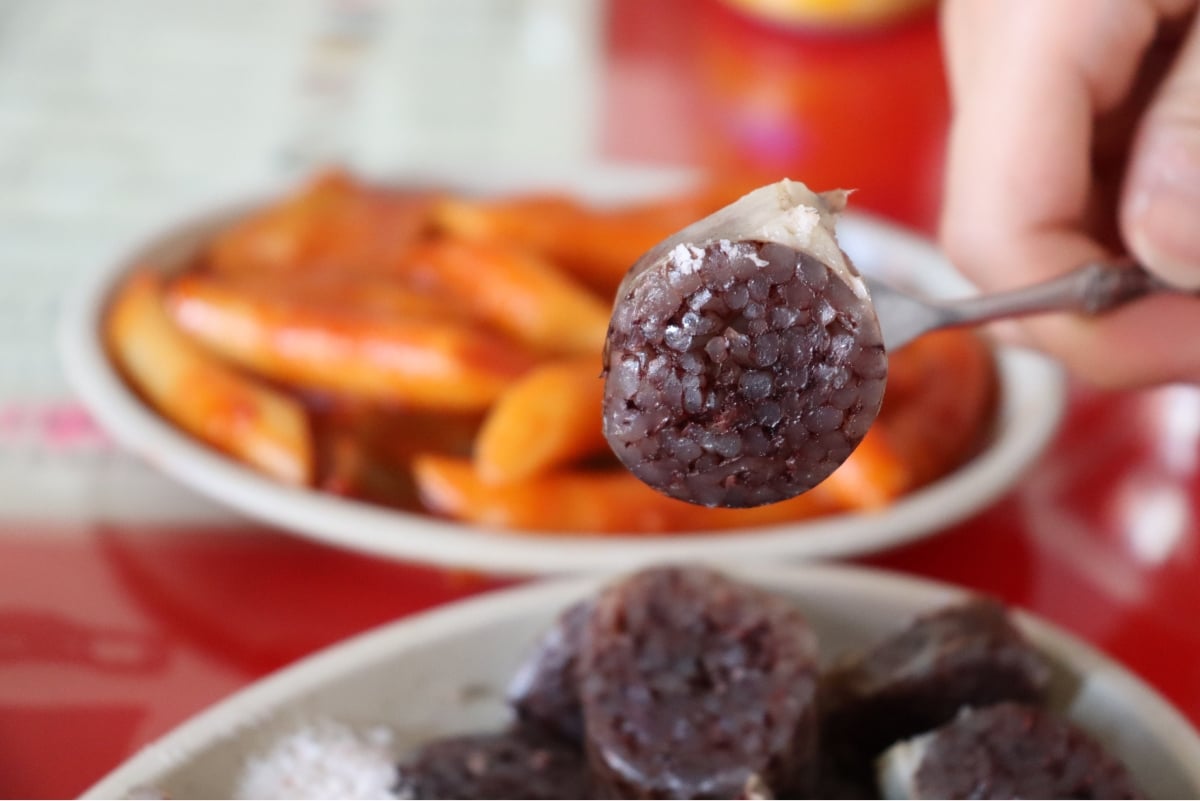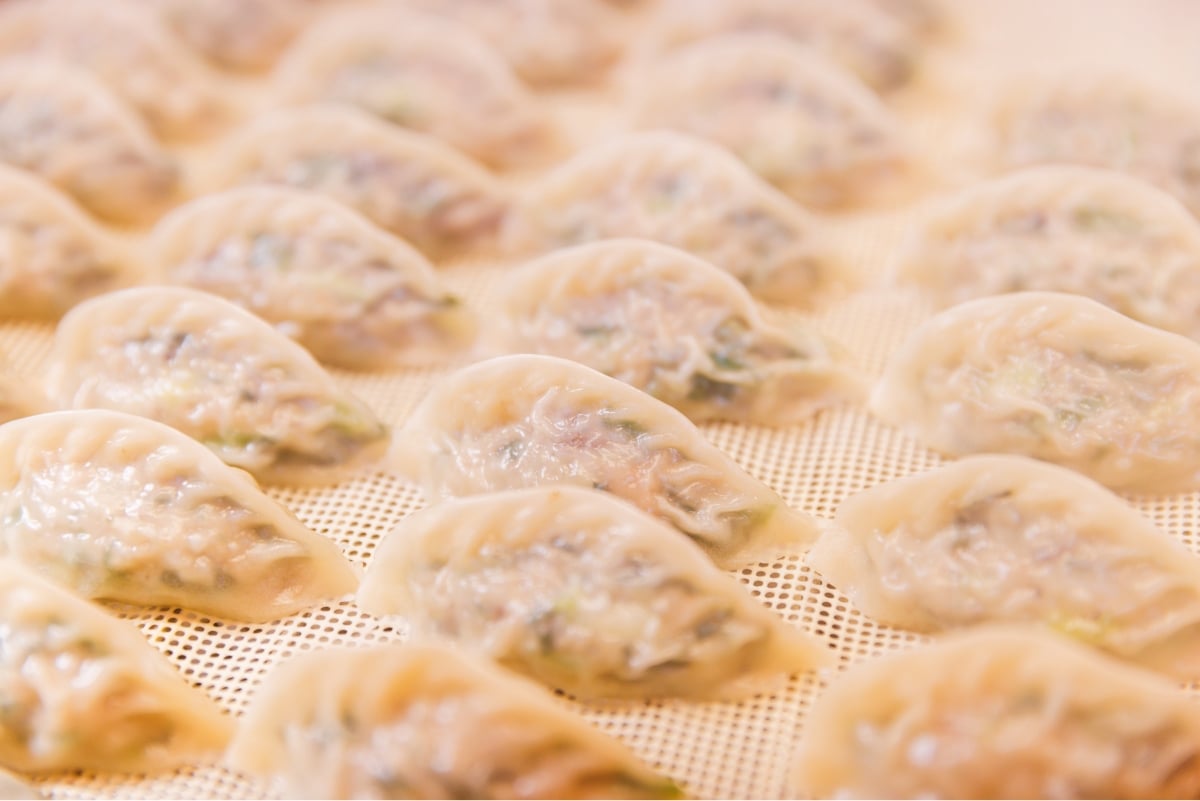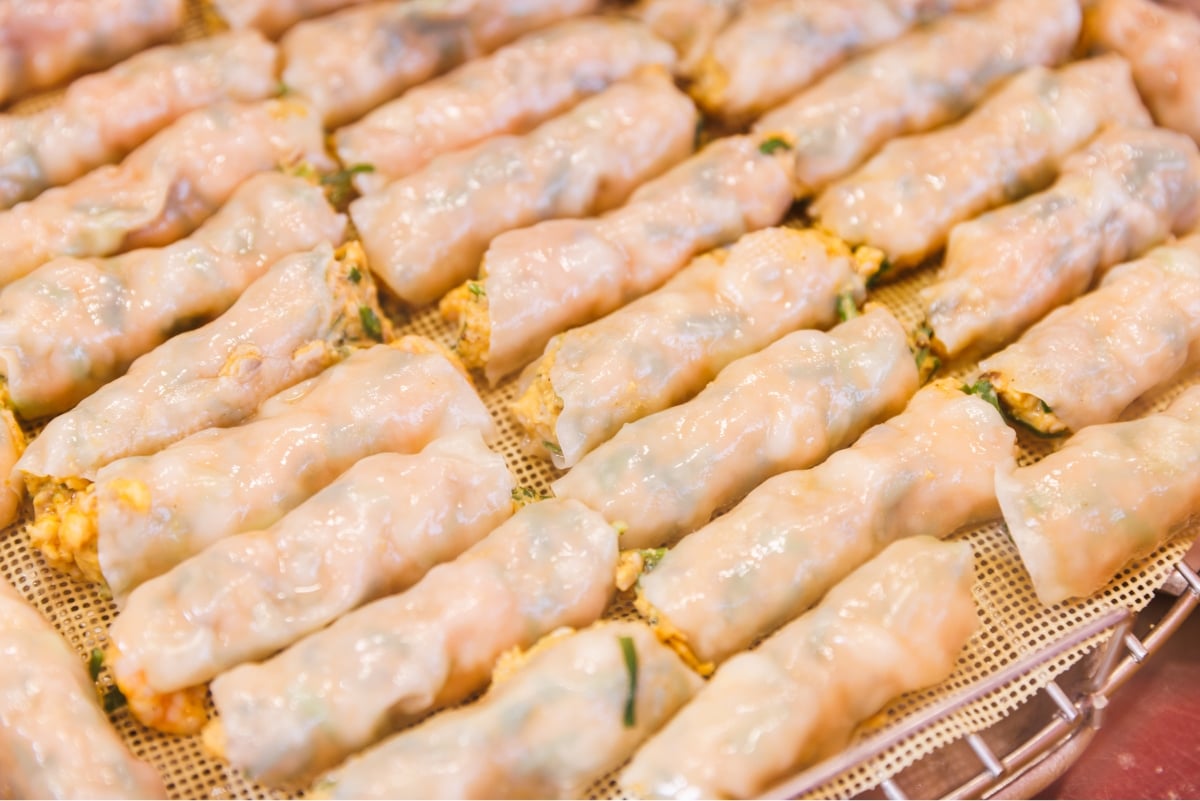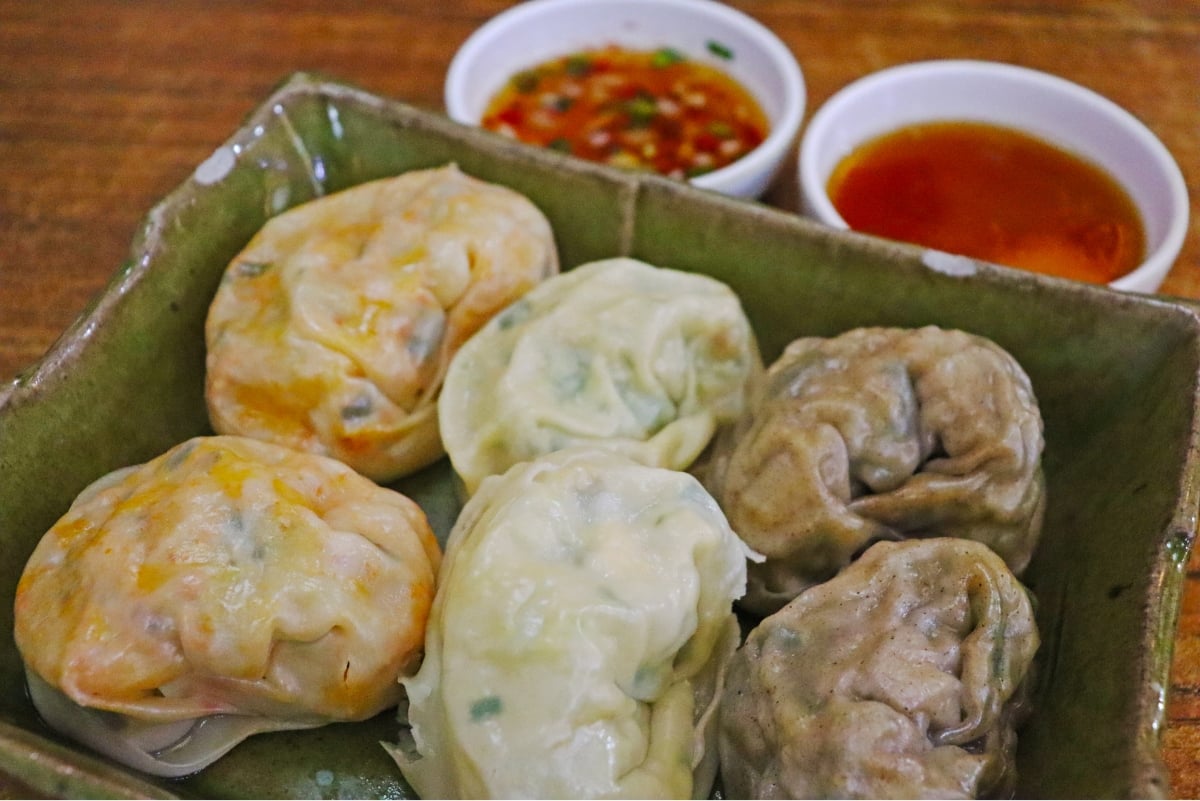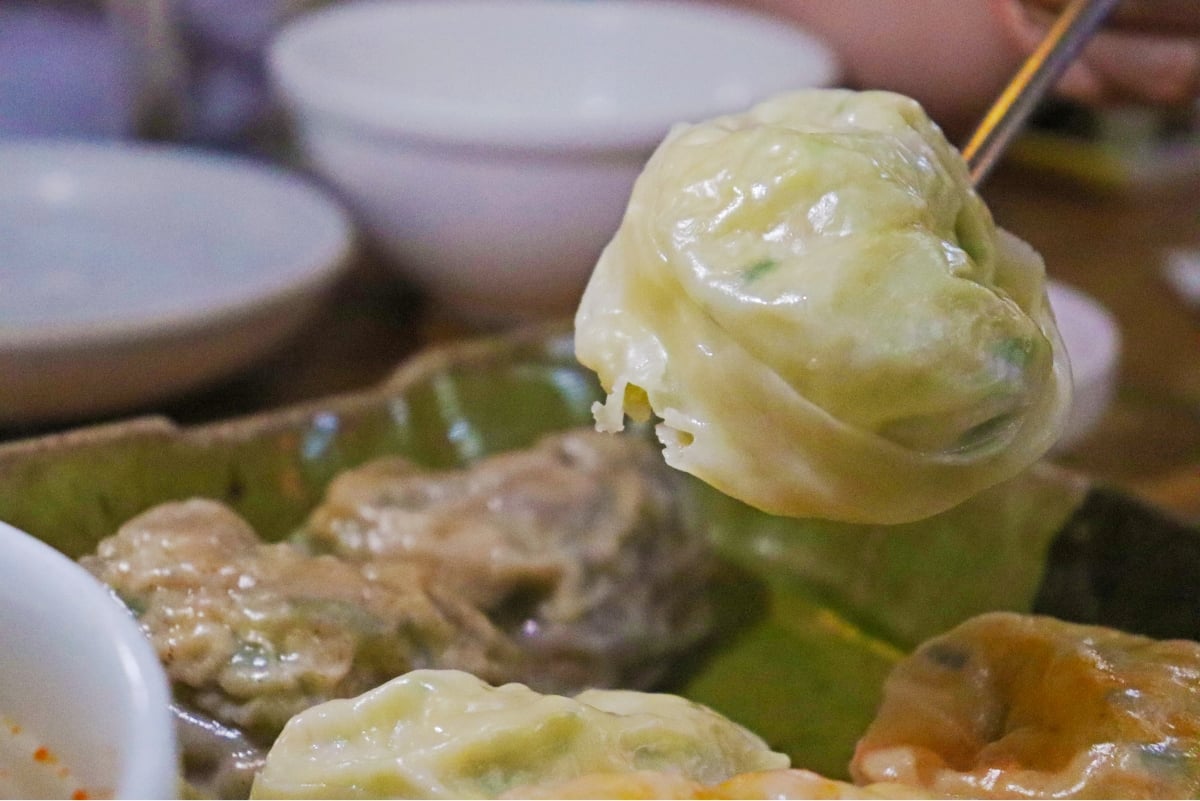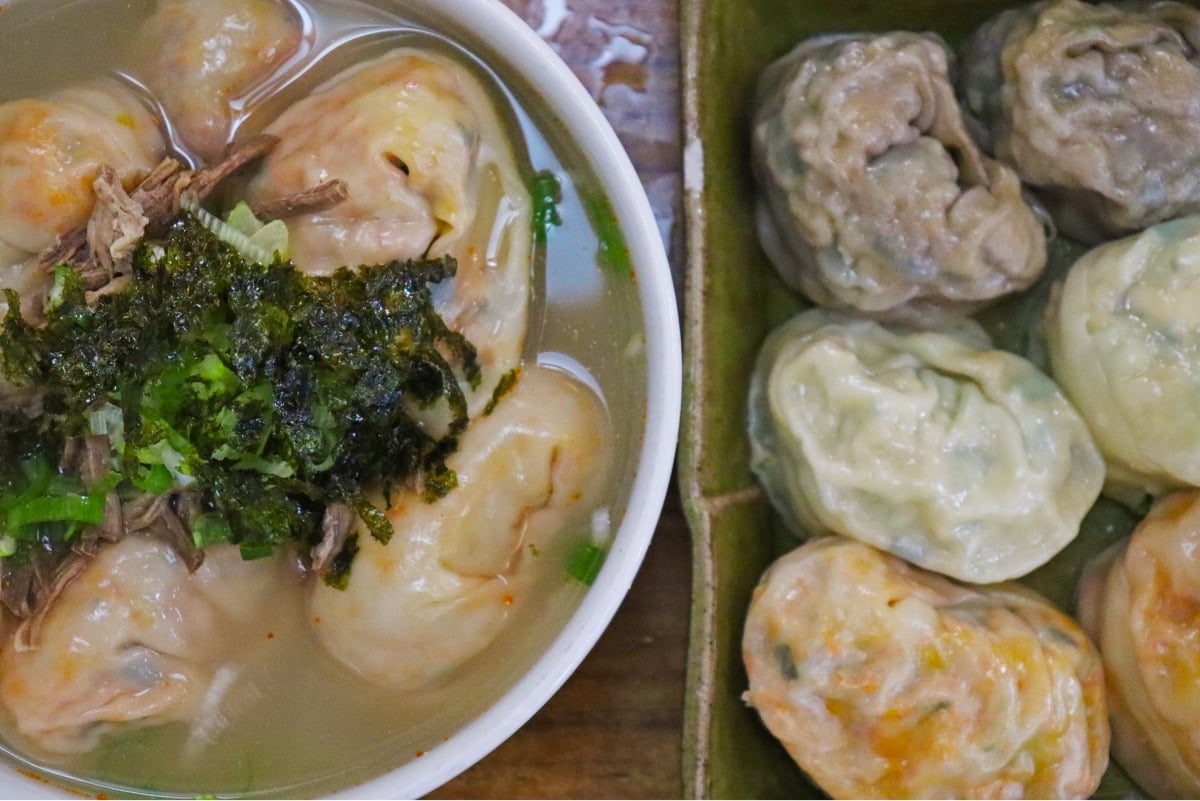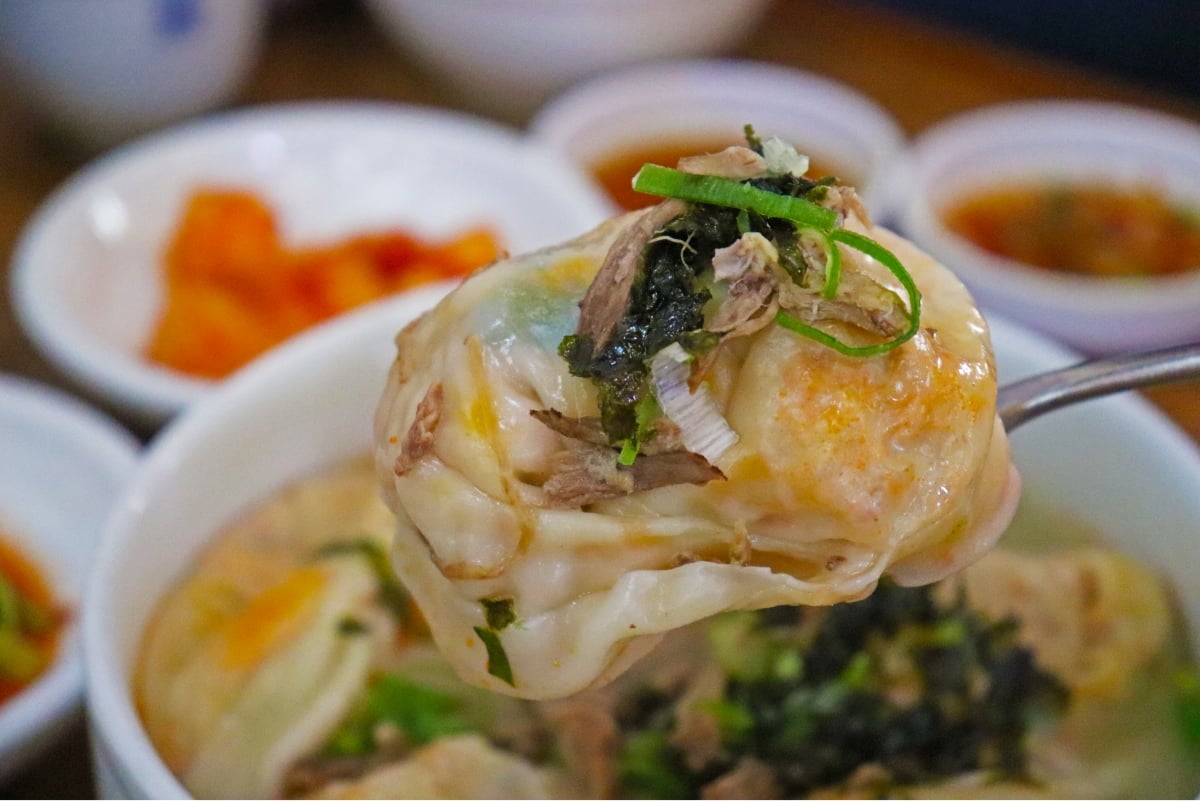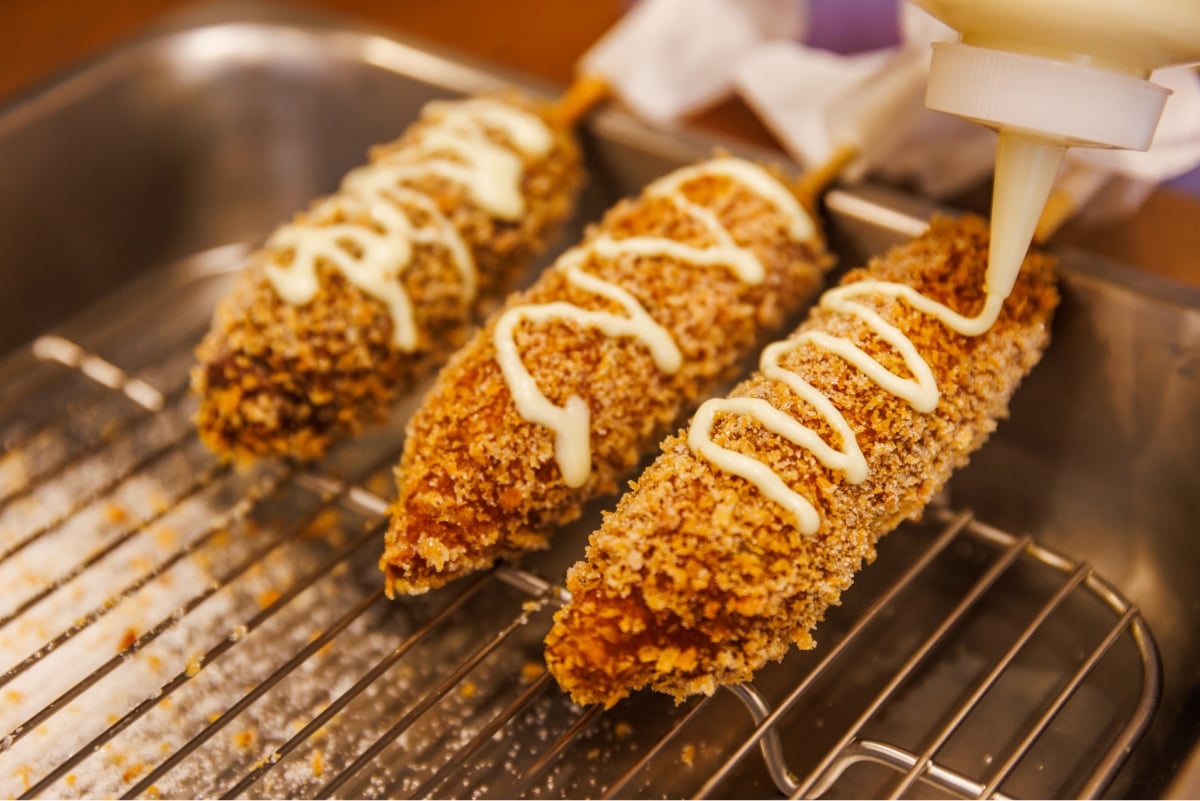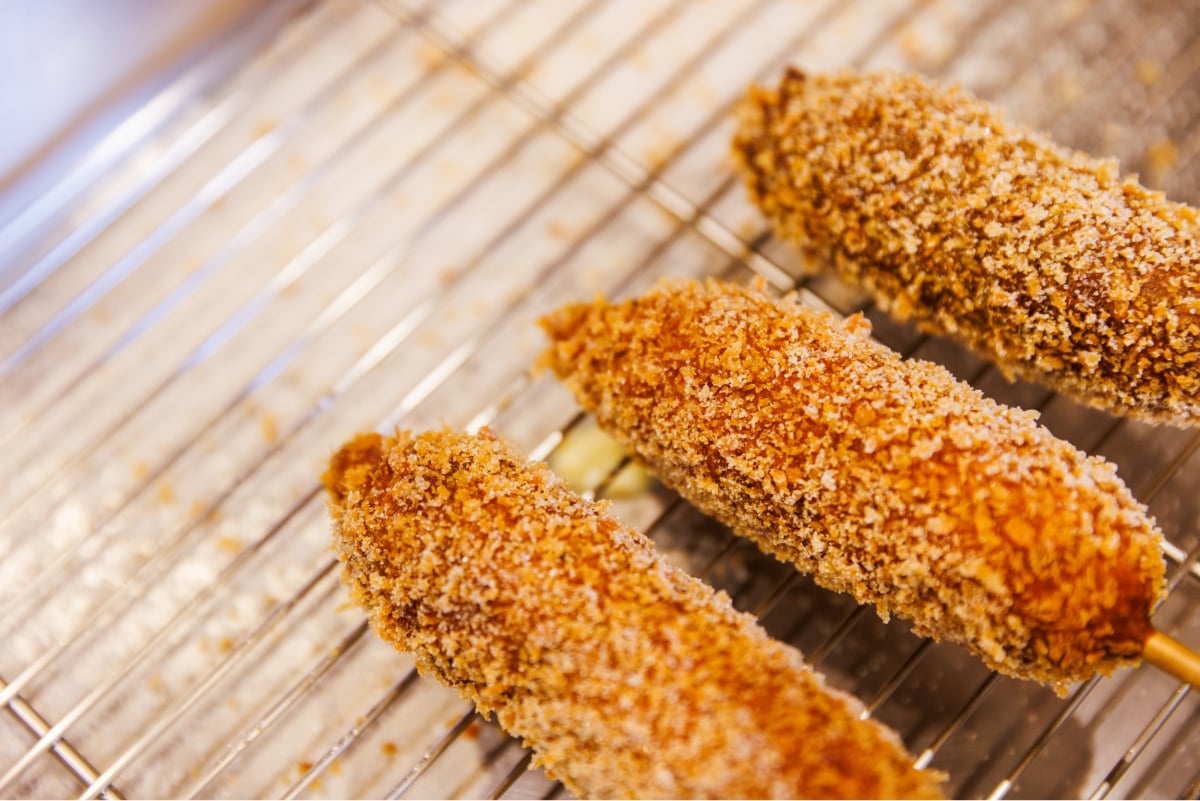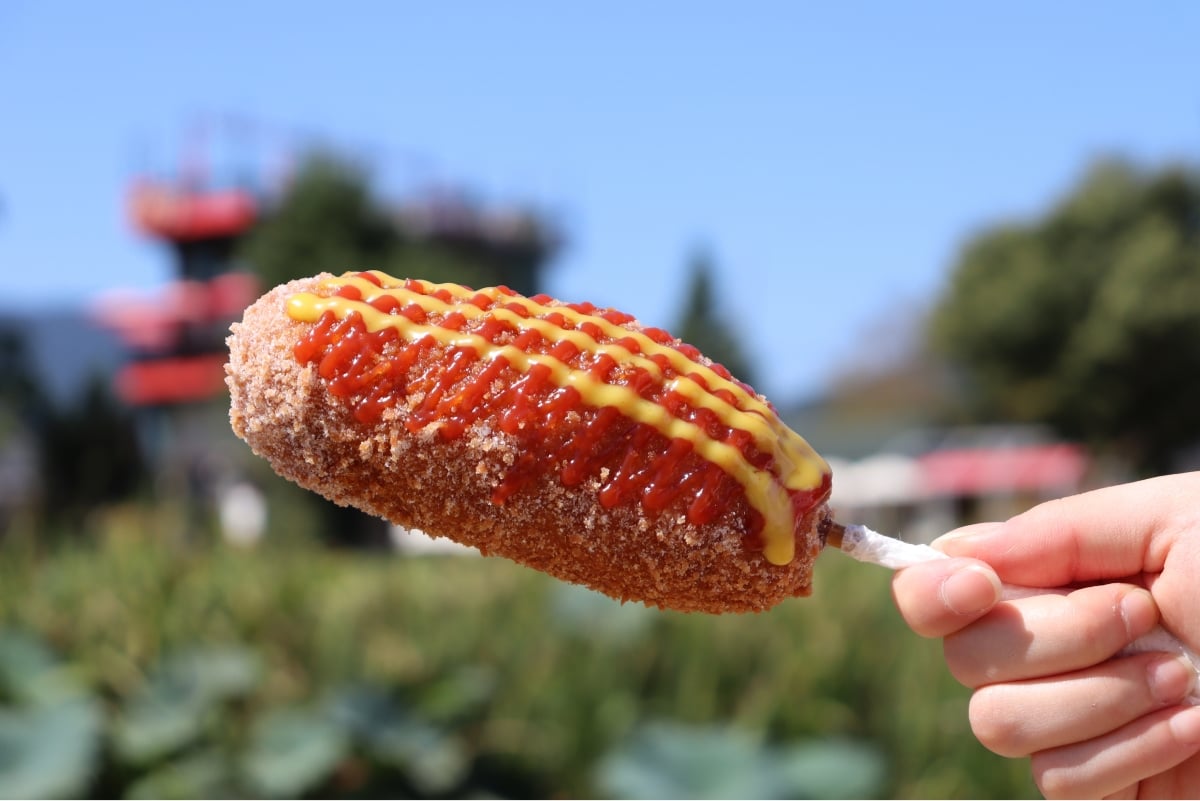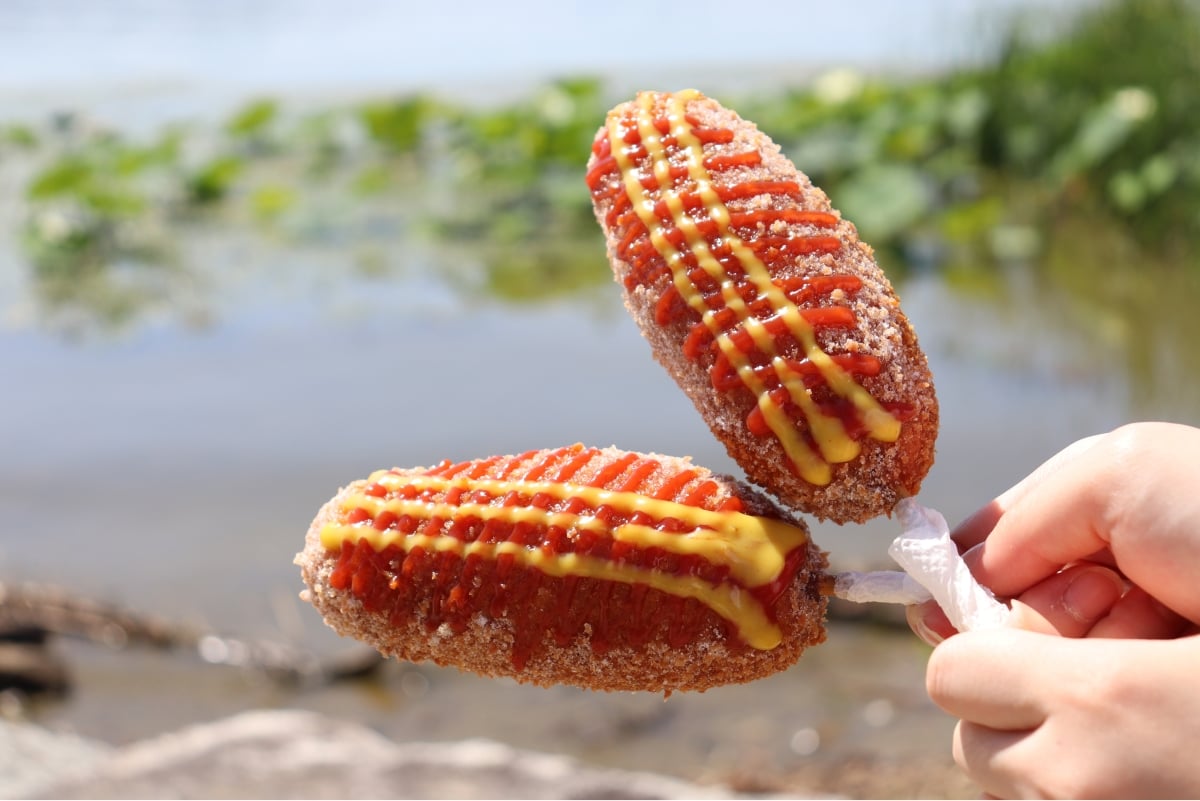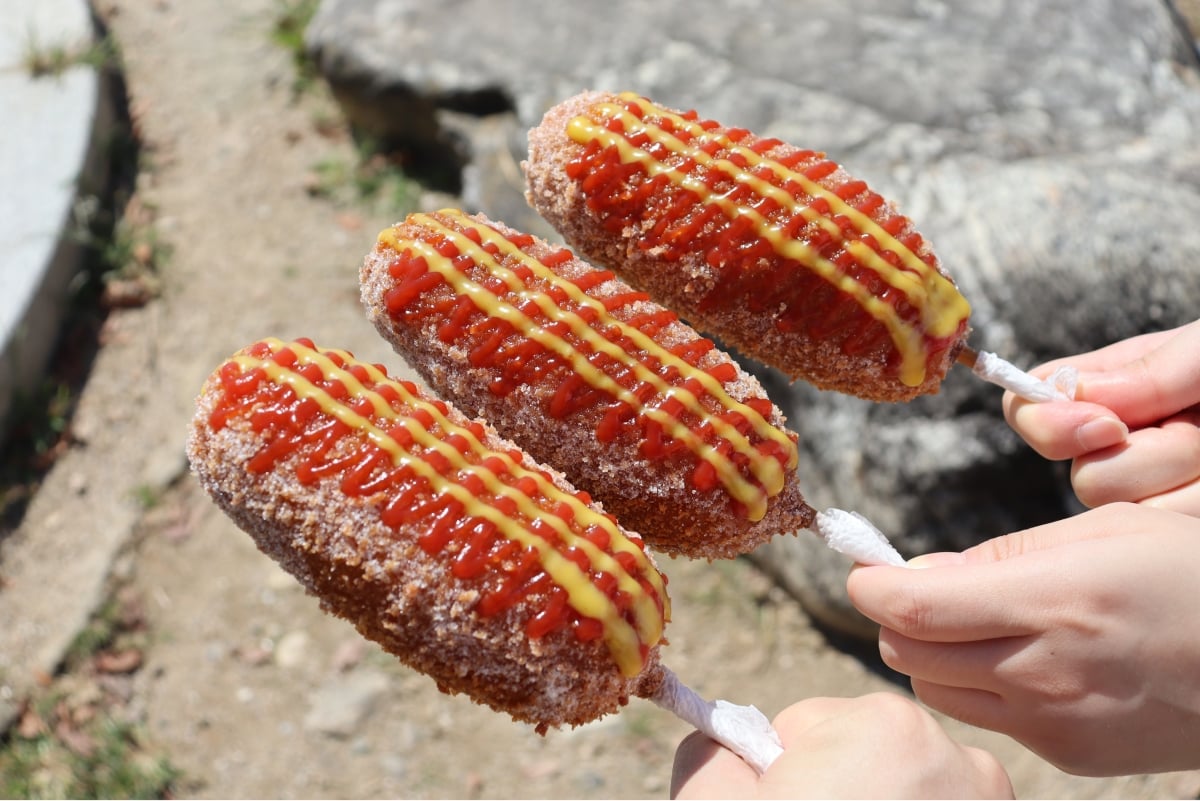Street Food Loved by Koreans
Moreish Dishes that Brings Back Nostalgia
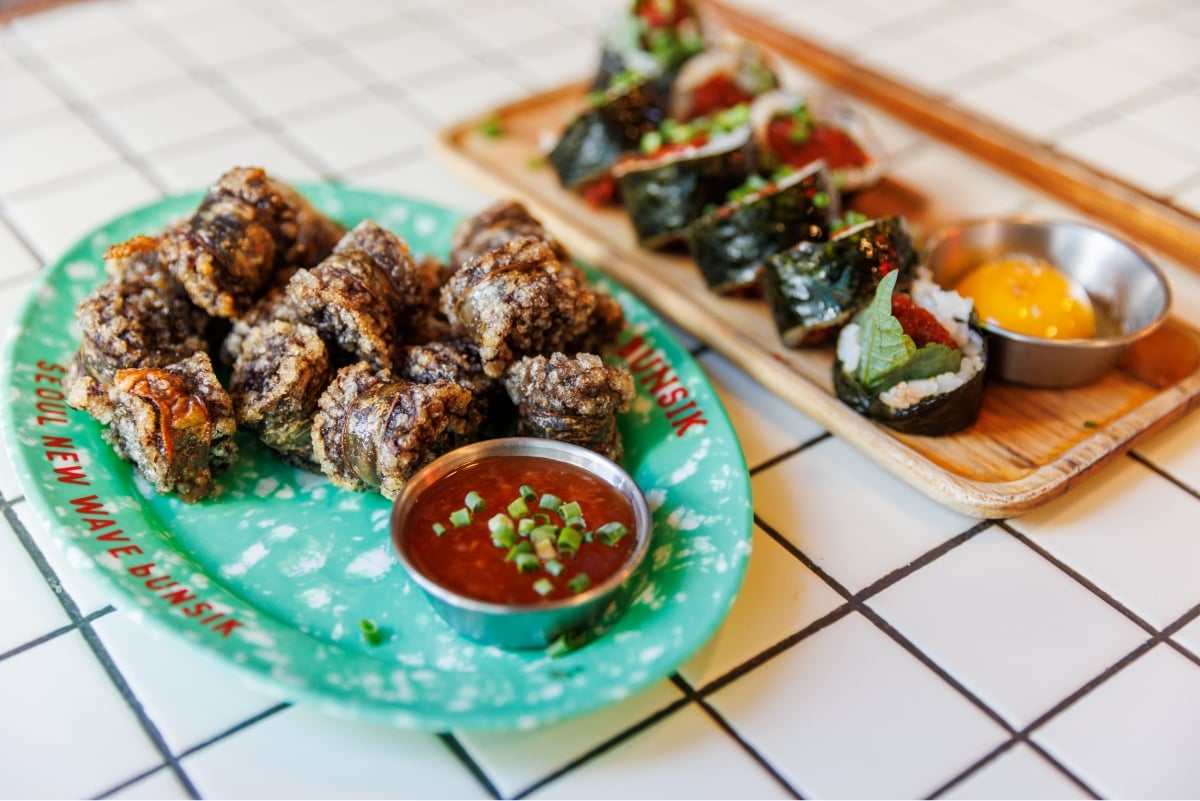
Sometimes, we miss street food that we used to have in our childhood. Street food, or bunsik, was the best for its taste and great price for poor Korean students. The kind street food stall's owner would serve students with a plate full of Tteokbokki, and they feasted on it while talking with their friends. These days, franchise street food shops with standardized taste are dominating the market. But many Koreans still miss the small bunsik stalls in front of their schools, and it perhaps is nostalgia that they wish to taste. Here are Korean street food, also known as bunsik, that enchanted Korean taste buds as nostalgia food for a long time.
How Did Bunsik Come to Be?
“Bunsik” in Korean refers to foods made of flour. Flour was a rare food ingredient in the past, and flour-based foods such as noodles used to be food reserved for people in high social classes. Around the 1950s, Korea began to import flour and the imported flour was distributed throughout the nation. In the process, flour-based foods such as noodles, knife-cut noodle soup, and hand-pulled dough soups became popular, and the word “Bunsik” began to be used among people. Later, diverse types of bunsik such as Tteokbokki, Deep-fried Dishes, Sundae, etc., that are cheap quick bites, emerged, and dominated the world of bunsik.
Tteokbokki, the King of Bunsik
There are almost no bunsik stall that doesn’t offer Tteokbokki as one of their menu. Tteokbokki is a food made with rice cakes, fish cakes, and leek that is stir-fried or boiled in sauce. Usually, its sauce is boiled and reduced to a gooey and sticky texture. The most common Tteokbokki is sweet-spicy Tteokbokki made with chili paste. There are two types of rice cake, the main ingredient of Tteokbokki; flour-based rice cake and true rice cake. Each has a distinctive character that make people to argue over which one is better. Everyone’s preference is different, but flour-based rice cake easily absorbs sauce and doesn’t get mushy, offering wonderfully savory and firm texture, while rice-based rice cakes offer the nutty flavor of rice and chewy texture.
Tteokbokki can be traced back to Gyugonyoram and Sieuijeonseo, recipe books that were written during the late Joseon dynasty. These recipe books introduce royal court Tteokbokki that mixes stir-fried rice with various vegetables and meat in soy sauce. Royal court Tteokbokki was a luxury menu enjoyed in royal court, and it became a rare variety as the current red-sauced Tteokbokki became popular. You can usually find royal court Tteokbokki at restaurants that specialize in traditional Korean dishes.
Tteokbokki continues to evolve into new forms. Tteokbokki in new flavors such as jjajang, cream, rose, etc. are emerging and gaining popularity. However, of course, the one that is most loved by Koreans is the sweet-spicy gochujang Tteokbokki.

